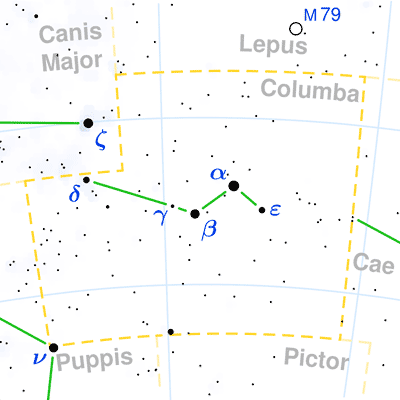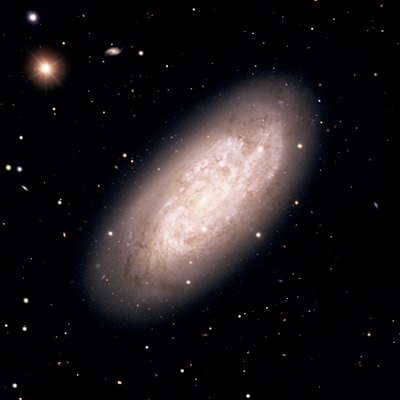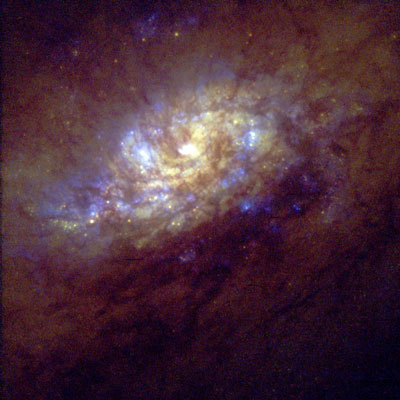Pronunciation:
(koh-LUM-buh)Abbreviation:
ColGenitive:
ColumbaeRight Ascension:
6 hoursDeclination:
-35 degreesArea in Square Degrees:
270Crosses Meridian:
9 PM, January 30Visible Between Latitudes:
45 and -90 degreesThe constellation Columba, the dove, is located in the southern hemisphere of the sky. it is best seen in northern latitudes during February. It is visible at latitudes between 45 degrees and -90 degrees. It is a small constellation, covering an area of 270 square degrees. It is bordered by the constellations Caelum, Canis Major, Lepus, Pictor, and Puppis.
There is no mythology associated with Columba. It is one of 12 fairly recent constellations named by the Dutch astronomer Petrus Plancius based on observations by Dutch navigators. Plancius included it on his celestial globe in 1592. Plancius originally named the constellation Columba Noachi, which means Noah’s dove. It refers to the dove that brought an olive branch to Noah to show that the great flood was receding. In some other interpretations, the dove represents the bird the Argonauts sent out ahead to help them navigate the narrow passage at the mouth of the Black Sea. The German astronomer Johann Bayer included this constellation in his star atlas in 1603 and the name was eventually shortened to Columba.

points of interest below © Sea and Sky

© Torsten Bronger CC BY-SA 3.0
Wezn
Ghusn al Zaitun
Epsilon Columbae
Eta Columbae
Gamma Columbae
Kappa Columbae
Lambda Columbae
Xi Columbae
Theta Columbae
"Weight"
"Olive Branch"
N/A
N/A
N/A
N/A
N/A
N/A
N/A
Orange Giant Star
Yellow Giant Star
Orange Giant Star
Orange Giant Star
Blue-White Subgiant Star
Orange Giant Star
Blue-White Dwarf Star
Orange Giant Star
Blue-White Subgiant Star
3.12
3.85
3.88
3.95
4.35
4.37
4.86
4.97
4.99
Columba consists of mainly dim stars. The brightest star is Phact, a double star with a combined visual magnitude of 2.64. It is located approximately 270 light years from Earth. The second brightest star is Wezn with a magnitude of 3.12. Wezn is an orange giant star located about 86 light years from our solar system. Ghusn al Zaitun is the third brightest star with a magnitude of 3.85. It is a yellow giant star that lies some 237 light years away.
Columba contains no Messier objects but it does have a few interesting deep-sky objects. NGC 1851 is a globular star cluster that contains thousands of individual stars. It is 35,000 light years away and can be seen in medium-sized telescopes. NGC 1782 is a spiral galaxy with a chaotic distribution of dark dust lanes. NGC 1808 is a Seyfert spiral galaxy located approximately 40 million light years from Earth. These dim galaxies can only be seen with large telescopes.

© European Southern Observatory / CC BY 4.0

the Hubble Space Telescope



